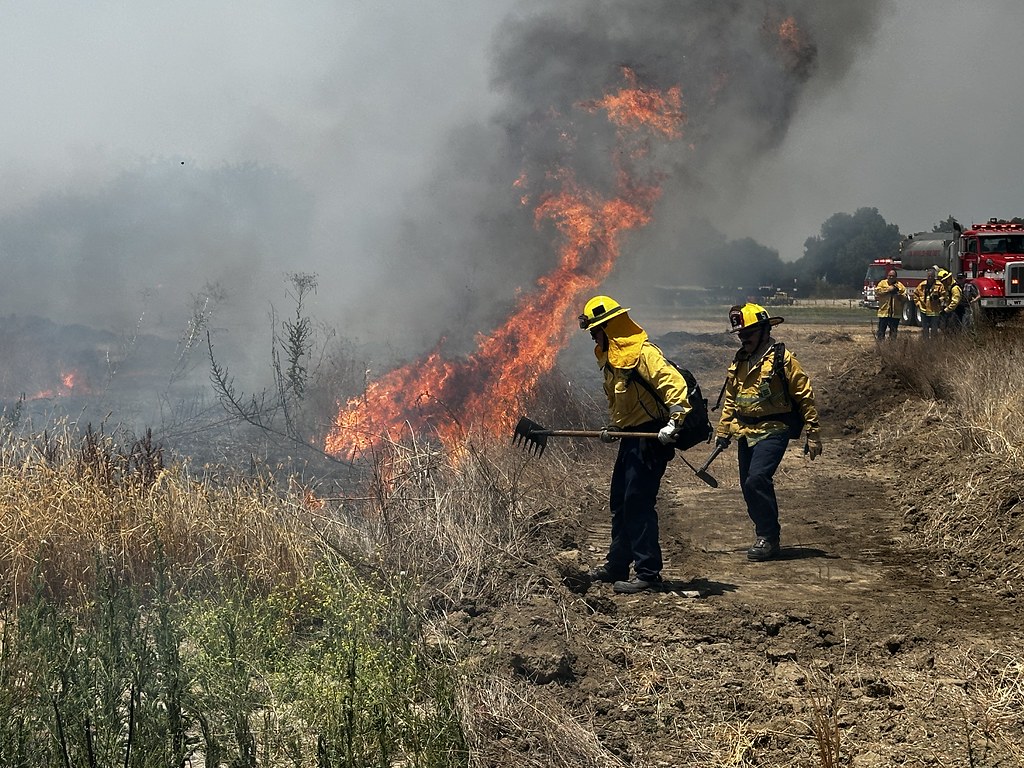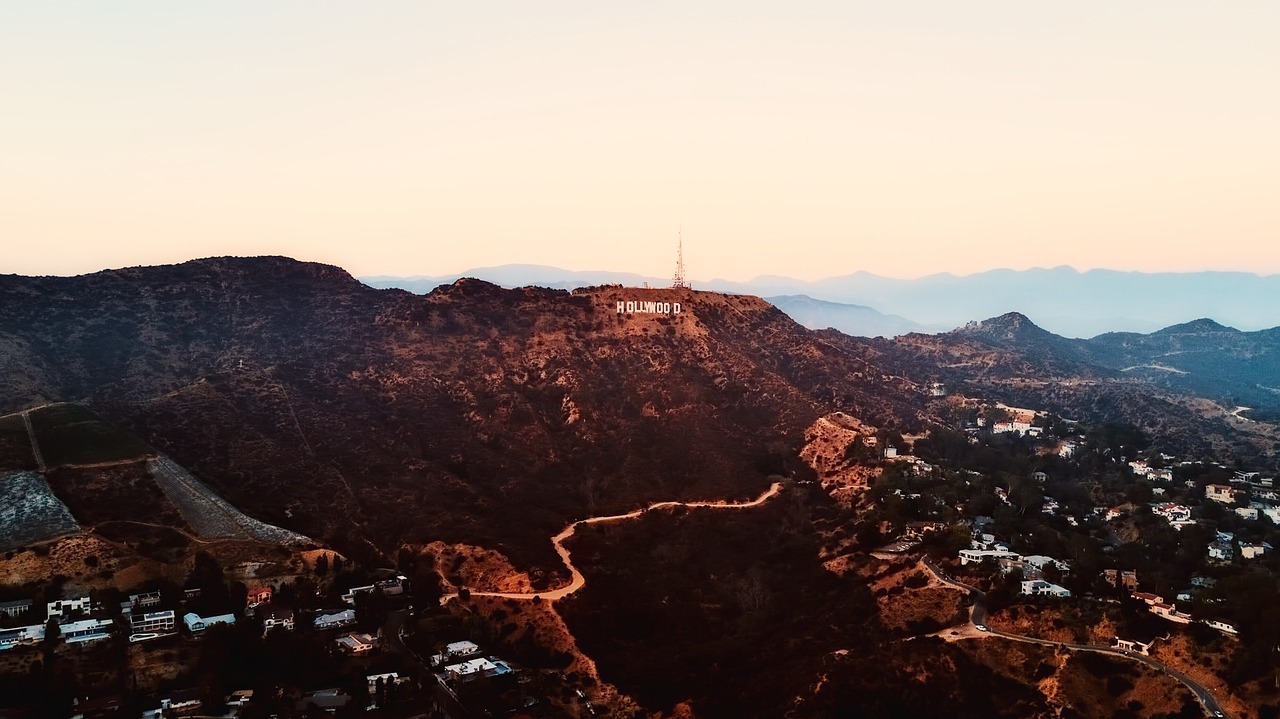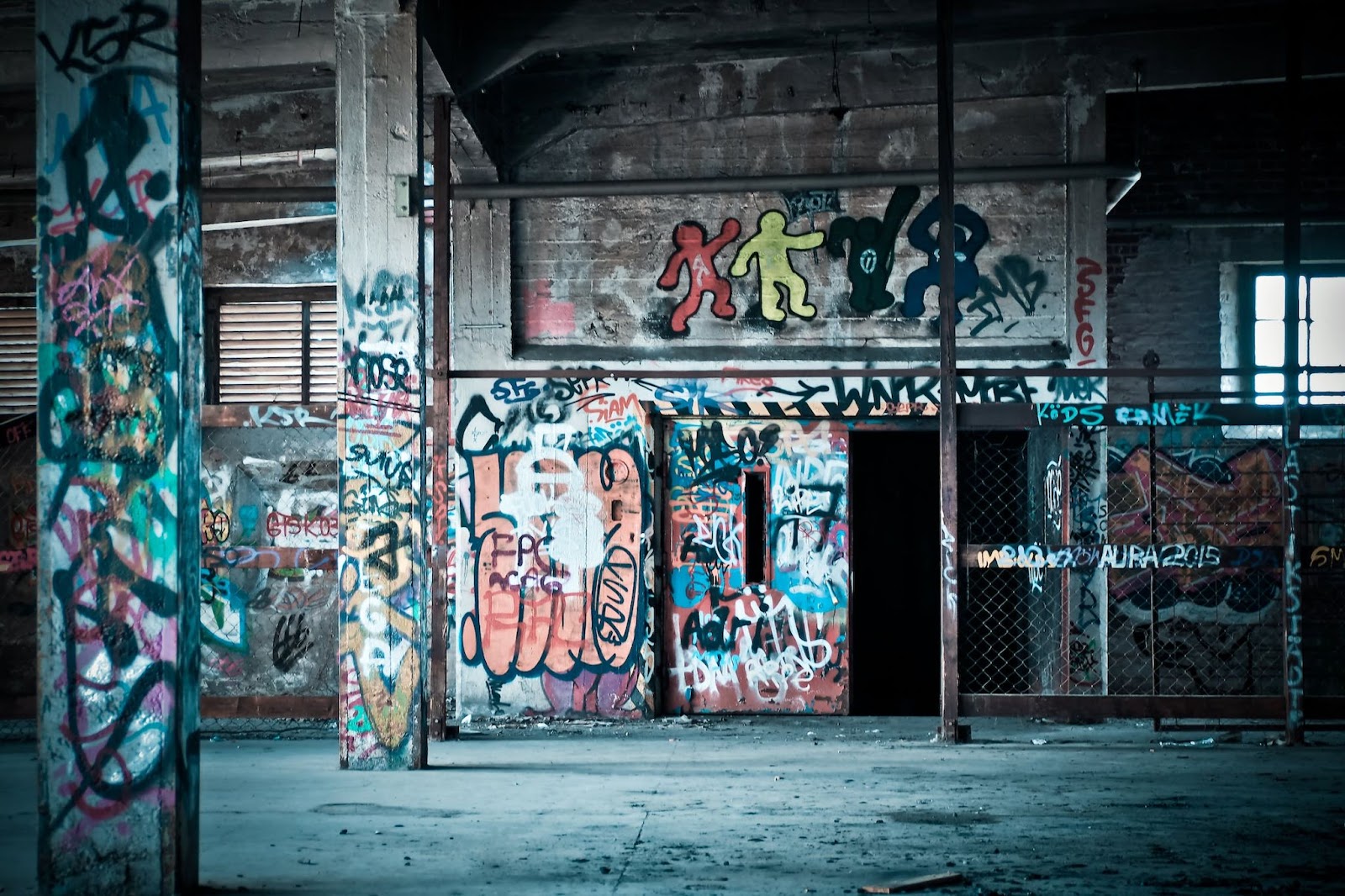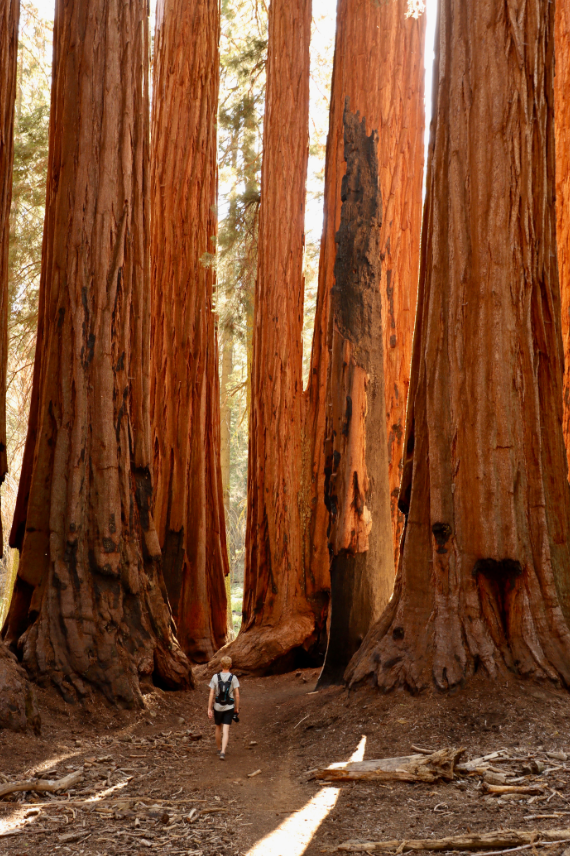Some conifer forests in the Sierra National Forest are already as good as dead, so implies ecologist Avery Hill, who spoke to the Los Angeles Times about a forest in the Sierra Nevada that he described as “eerie.” Among the ecological community, green conifer forests like this one are becoming known as “zombie forests.” Conifer seeds can no longer grow here, so as the forests fade, they will be replaced by other kinds of trees—and this slow demise will have consequences.
Global climate change has altered the world so that the environment around these green conifers can no longer support the next generation. It’s simply gotten too warm. When the wildfires come, as they increasingly do, or the drought or diseases that regularly kill these conifers arrive to do their inevitable work, the seeds dropped by these conifers will not survive. Conifer saplings need cooler weather and wetter soil than the new climate supports.
The conifers will be replaced by other plants that surround the conifers: patchy groupings of arid chaparral shrubs. The landscape will be dramatically different. The carbon sink of the forest will be lost, and each dead conifer stand will marginally accelerate the changing climate. Conifer forests also resist wildfires substantially better than other plants that could be growing here, such as the scrub, and their loss will elevate the wildfire risk in the surrounding areas.
Still, ecologists like Hill see opportunities in the inevitable. Hill told the Los Angeles Times, “It provides almost an experimental space to address some really difficult questions about how we manage ecological systems.” Hill, who works at the California Academy of Sciences, understands that environmental changes like this will continue to occur in the future. He and his colleagues believe now is the time to monitor these inevitable transitions and determine strategies to manage them.

Although Hill does see value in this research opportunity, he pointed out that expectations have to be realistic. “There are management decisions you can make to kind of squeeze out every last opportunity these trees have to survive,” he told the Los Angeles Times, “But if the climate says no, the forest won’t grow.” Hill’s team has projected that the conifer forests will continue to become zombified if current trends hold, with nearly the entirety of the Sierra Nevada unsuitable for conifer saplings by the end of the century. Even if worldwide efforts against climate change substantially reverse these trends, Hill’s team projects that the zombie forests could still double in size in that same time. At this point, there’s already no going back to how things were.
Chris Field, the director of the Stanford Woods Institute for the Environment, was quoted as saying, “It’s a really stark reminder of how much climate change has already occurred and how important it is to make sure that the amount that occurs in the future is as little as possible.” The Sierra Nevada is one of the most protected and highly studied natural wonders of California and plays an important role in stabilizing the surrounding climate. The consequences of the expanding zombie forests and the loss of the conifers will affect more than just the surrounding region. Hopefully, the research of scientists like Avery Hill and his team will also have far-reaching consequences, though it will never be enough to fully counteract what has already begun.




















































































































































































































































































































































